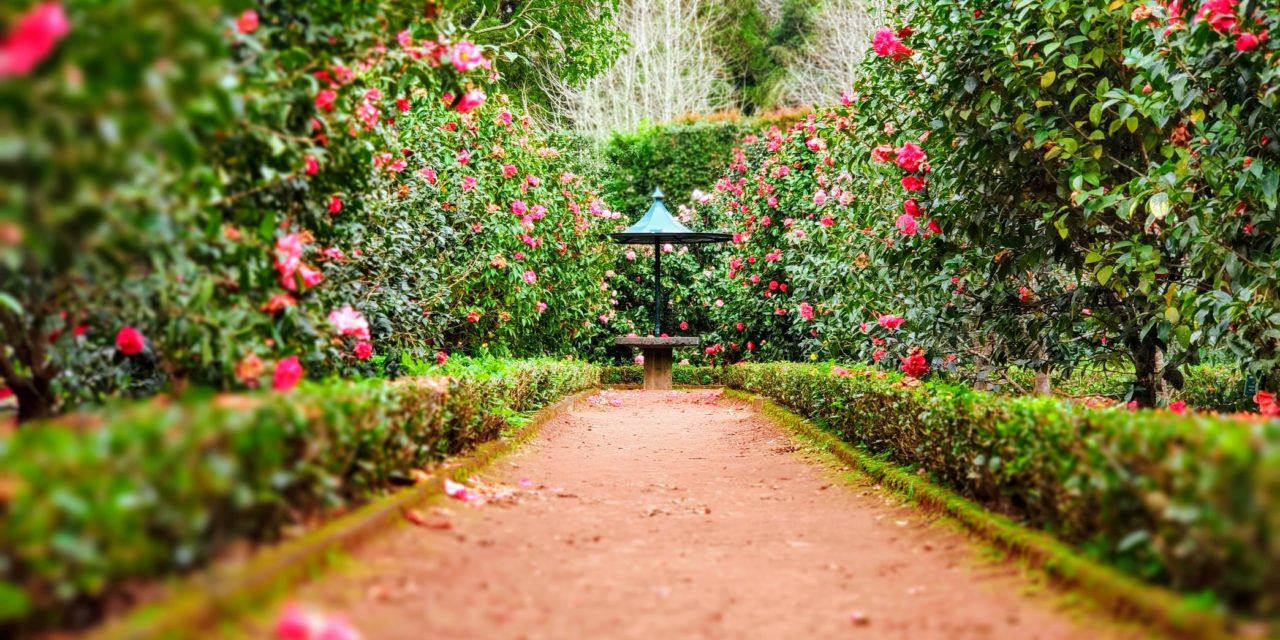[ad_1]
The cue sports like pool and billiards didn't make use of sticks in the beginning. It was around 200 years ago that the idea of using cue for cue sports began. As a pool player, you must know the history of sticks.
Today, cue sticks form an important part of the sports like pool, snooker and billiards. However, the use of cues didn't start with the birth of the sports, but these sticks came into being a little later. Here is a discussion about the evolution of pool cues as well as some of the accessories a pool player uses these days.
In the early days of the cue sports, an implement quite similar to a golf club was used. The name of the implement was mace and it consisted of a foot. So, the idea was to shove the balls rather than to strike them. However, the issue arose when the balls got frozen alongside the table rails. This made it hard for the player to hit the ball squarely using the mace's foot.
It was in the later pat of the 17th century that the expert players of the cue sports came out with a solution. They popularized the use of the mace's tail to hit a shot during the instances when its foot could not be used. This led to the development of the new style called striking the ball.
Also, it led to the birth of a new implement which was named cue, inspired by the word ‘queue' meaning ‘tail'. Interestingly, the cue was used only as an addition to the mace in the beginning of the 19th century. The players used cue only when caught in situations like frozen balls against the rail. The use of mace remained popular till the end of the 19th century.
The use of cues was restricted to the skilled players only, as it required expertise to prevent the wear and tear of cloth with the use of cues. With the passage of time and the popularity of the sticks, the cushions with high rebound were used. Soon, the use of pool cues led to the development of ‘spin' and ‘masse' shots. Also, the use of leather cue tip was introduced in the beginning of the 19 th century.
An interesting practice of the cue sports players those days was to twist their stick against the plaster walls. This was done to have a chalk-like deposit on the tip that prevented miscued shots. Likewise, other present day cue accessories were added with the passage of time.
[ad_2]
Source by Simon Waker Haughtone


